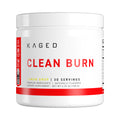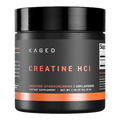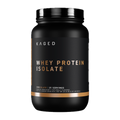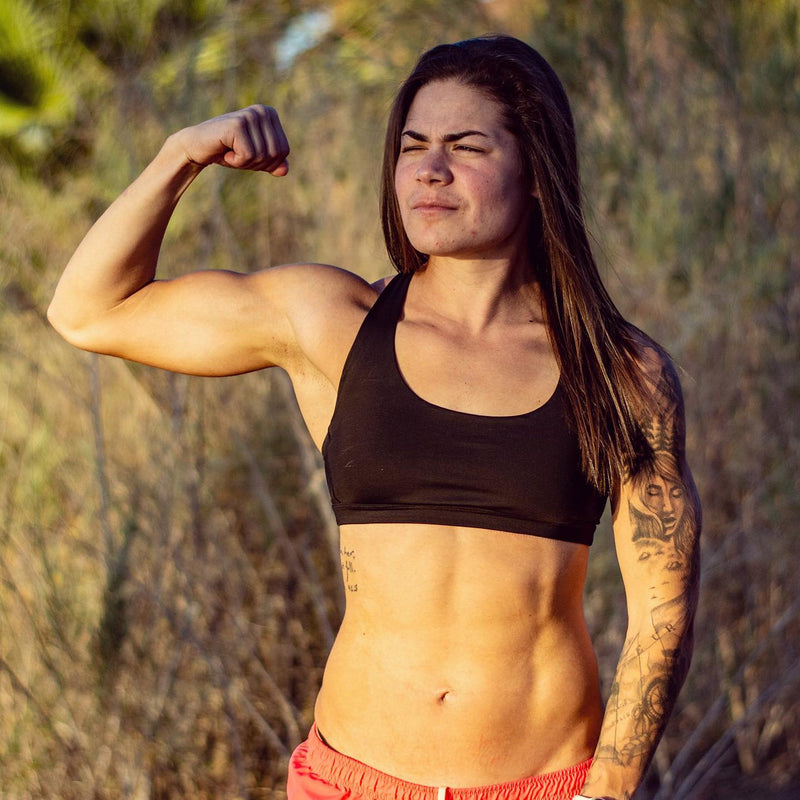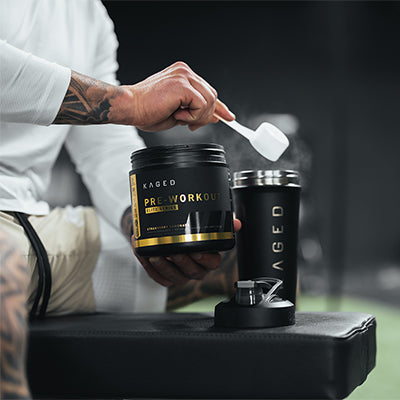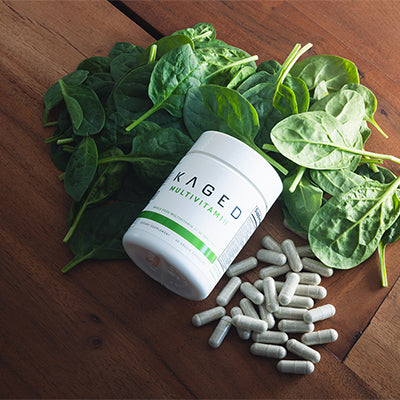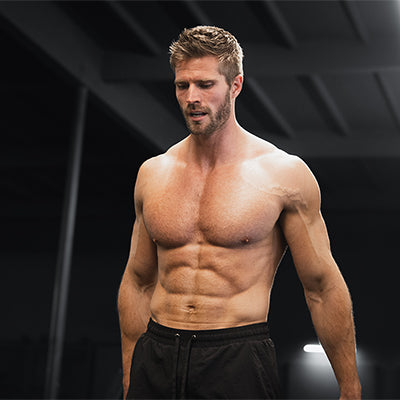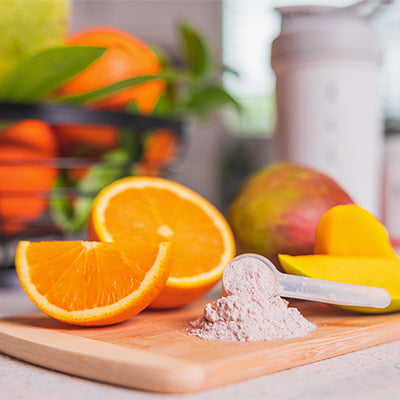Looking to up the ante of your fat loss program? One of the best ways to do so is ensuring that you regularly eat fat burning foods. While tracking your calories and macros is certainly important for seeing results, you can take things up a notch by including specific foods which are known to boost fat burning.
“Eating for fat loss is more about quality of food,” says registered dietician Megan Wallace, of Im-Possible Nutrition & Lifestyle Consulting. “Calories do count, to some degree, but more important is choosing foods that are nutrient dense. Look for foods that take longer to digest such as whole grains, high fiber foods, and those rich in protein and healthy fats as these will lead to greater satisfaction.”
Unsure of what foods are good for fat burning? Not a problem. Here are eight of the top fat-burning foods to include in your meal plan.
Cottage Cheese
The classic bodybuilder’s pre-bedtime staple: cottage cheese mixed with peanut butter. Why is this such a hit?
First, cottage cheese provides you with a dose of casein protein, which digests slower in the body, releasing amino acids throughout the night as you fast. This is going to go a long way towards keeping your muscles fed as you sleep.
Second, research published in the International Journal of Obesity shows that ingesting lower fat dairy foods can also help augment fat loss, especially in the stomach region. The calcium-protein combination found in dairy tends to have this effect, so eat up.
Herbs and Spices

When it comes to flavoring your foods, look no further than herbs and spices. “Eating for fat loss doesn’t have to be boring,” says Wallace. “Use herbs (both fresh and dried) and spices to boost the flavor of your food. If food tastes good, we are more likely to eat it,” she says.
Cinnamon is one particular spice you’ll want to include as it’s been proven to help stabilize blood glucose levels and can help combat the spikes in insulin that typically accompany eating carbohydrates. This is a great way to keep your energy level stable and fat loss moving along at a steady rate.
Berries
Got a sweet tooth that just won’t quit? If so, you might want to consider adding berries to your daily diet. Berries are a great low-calorie way to satisfy your cravings while also providing a high dose of fiber to your menu.
Eating a diet rich in fiber has been proven to help lower your risk for developing type 2 diabetes due to the fact that it offers blood glucose stabilization benefits. Additionally, the more stable your blood sugar levels are, the less insulin you’re going to release and in turn, the lower your chances are of storing excess body fat from the carbohydrates you eat. This is helpful for anyone looking to get lean.
At a mere 45-80 calories per cup serving, berries are an easy food to add into most diet plans.
Chicken Breast

Chicken is another common staple included in most bodybuilding diet plans. Why is it so popular? First, it’s highly versatile. Poach it, grill it, bake it, or sauté it, the possibilities are endless. This can help lower dietary boredom, making it easier to stick to your plan.
Second, it’s also very low in fat. The average 4 oz. serving of grilled chicken breast contains just 1.4 grams of total fat and a whopping 26 grams of protein. This makes it ideal for those keeping their calories down. Research published in the Official Journal of the Federation of American Societies for Experimental Biology noted keeping protein intakes higher will help to preserve lean muscle mass during periods of low calorie eating. This is critical to saving that hard-earned muscle on your frame.
“Also note that you burn more calories digesting and absorbing protein compared to fats or carbohydrates,” says Wallace. For this reason, they can give you an edge on fat burning. “Because protein leaves you feeling satiated, you’re also less likely to succumb to cravings.”
Finally, chicken is also a relatively cost-effective source of protein, so it’s ideal for those eating on a budget.
Salmon
Another excellent protein source to include in your meal plan is salmon. Wild caught salmon is your best bet as the total fatty acid profile tends to be quite a bit better than farmed salmon. Wild caught salmon contains 13 grams of fat per half fillet serving while farmed salmon contains 27 grams of fat. It also has a lower level of saturated fat as well as a lower level of omega-6 fatty acids. This is important as too many omega-6 fatty acids can increase inflammation in the body.
What salmon is most notable for is the level of omega-3 fatty acids it contains. This is an important source of fat which can help improve insulin sensitivity and lower the accumulation of body fat cells, according to research published by the American Diabetes Association.
Salmon is one protein source you’ll want to consume at least twice per week, if not more frequently.
Lentils And Beans

When it comes to getting quality nutrition in your body, lentils and beans can’t be beat. “Good quality protein doesn’t have to just come from animal products,” explains Wallace. “Environmentally friendly, low in saturated fats, and affordable, lentils, chickpeas, black beans, and the like add plenty of fiber and protein to your diet plan.”
Try replacing the meat you’re eating in your diet with these options a couple of times a week and you should notice a difference in how you feel. Additionally, over time you might find that your cholesterol levels improve, a great benefit for your overall health. One thing to account for when adding lentils and beans is their carb content, as some varieties can be quite high.
Plain Almonds
“Almonds are incredibly satisfying!” says Wallace. “Packed with healthy fats and fiber, they often make you feel fuller for longer.” She notes the trick is to portion out the amount of almonds you’re going to eat before devouring them as they can be so easy to overeat. “Pack 1/4 to 1/3 of a cup of these in your lunch, gym bag, or car for a quick snack on the go.”
Plain Greek Yogurt

Finally, offering similar benefits as those derived from cottage cheese, Greek yogurt is another great food to include regularly. “Greek yogurt is packed with protein and calcium, and also contains probiotics that can help keep your gut healthy,” explains Wallace. “Because of the protein, Greek yogurt can be a very filling snack or meal.” She recommends that you stick to plain options and keep the fat content to 2% or less. Add 1-2 teaspoons of your favorite sweetening item such as jam, maple syrup, or honey as this will likely work out to be less calories than what’s found in the flavored Greek yogurt varieties.
So, there you have a closer look at eight of the best fat-burning foods to include in your meal plan. Eat these and you can rest assured you’ll be providing plenty of healthy nutrients to your body, while also looking better each day. “Fat loss diets that focus mainly on calories often leave people feeling deprived and hungry – and running for the cookie cupboard the first chance they get,” says Wallace. Be sure this doesn’t happen to you by eating a wide variety of foods.
References:
Zemel, M. B., Richards, J., Mathis, S., Milstead, A., Gebhardt, L., & Silva, E. (2005). Dairy augmentation of total and central fat loss in obese subjects. International journal of obesity, 29(4), 391-397.
Kaczmarczyk, M. M., Miller, M. J., & Freund, G. G. (2012). The health benefits of dietary fiber: Beyond the usual suspects of type 2 diabetes mellitus, cardiovascular disease and colon cancer. Metabolism, 61(8), 1058-1066.
Pasiakos, S. M., Cao, J. J., Margolis, L. M., Sauter, E. R., Whigham, L. D., McClung, J. P., … Young, A. J. (2013). Effects of high-protein diets on fat-free mass and muscle protein synthesis following weight loss: a randomized controlled trial. The FASEB Journal, 27(9), 3837-3847.
Sartorius, T., Peter, A., Schulz, N., Drescher, A., Bergheim, I., Machann, J., … Hennige, A. M. (2014). Cinnamon extract improves insulin sensitivity in the brain and lowers liver fat in mouse models of obesity. PLoS ONE, 9(3): doi:10.1371/journal.pone.0092358
Spencer, M., Finlin, B. S., Unal, R., Zhu, B., Morris, A. J., Shipp, L. R.,… Kern, P.A. (2013). Omega-3 fatty acids reduce adipose tissue macrophages in human subjects with insulin resistance. Diabetes, 62(5), 1709-1717.

